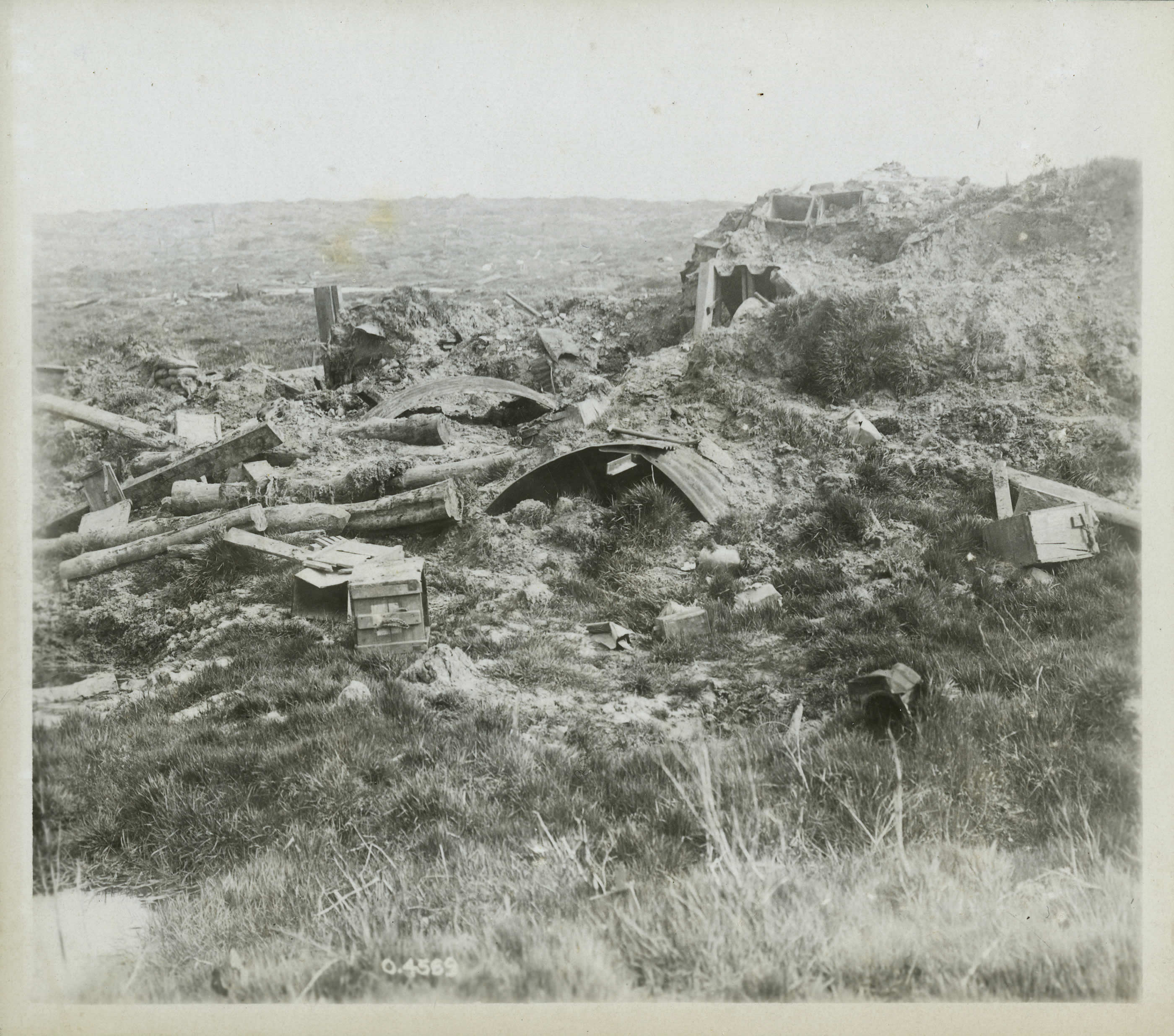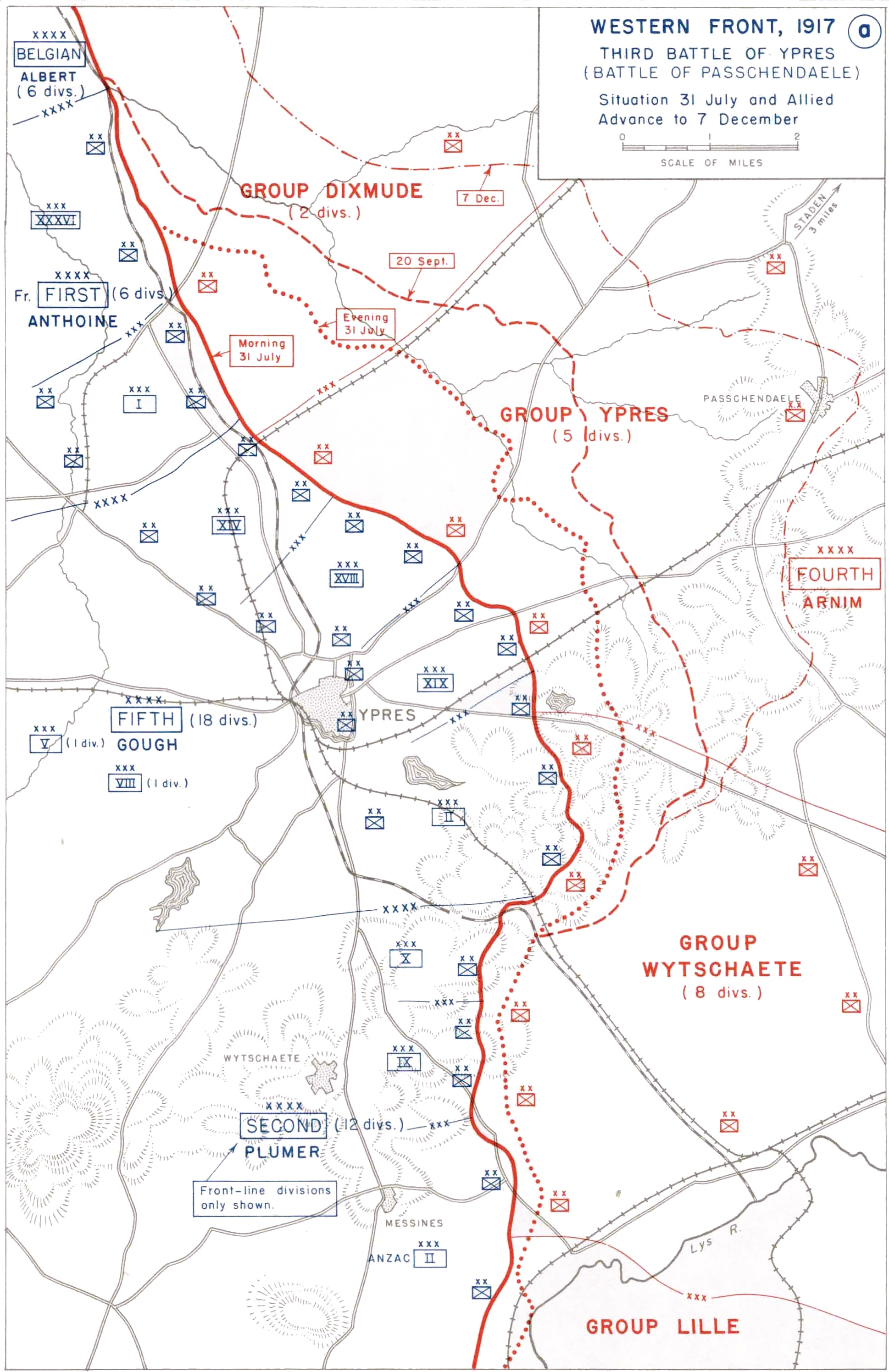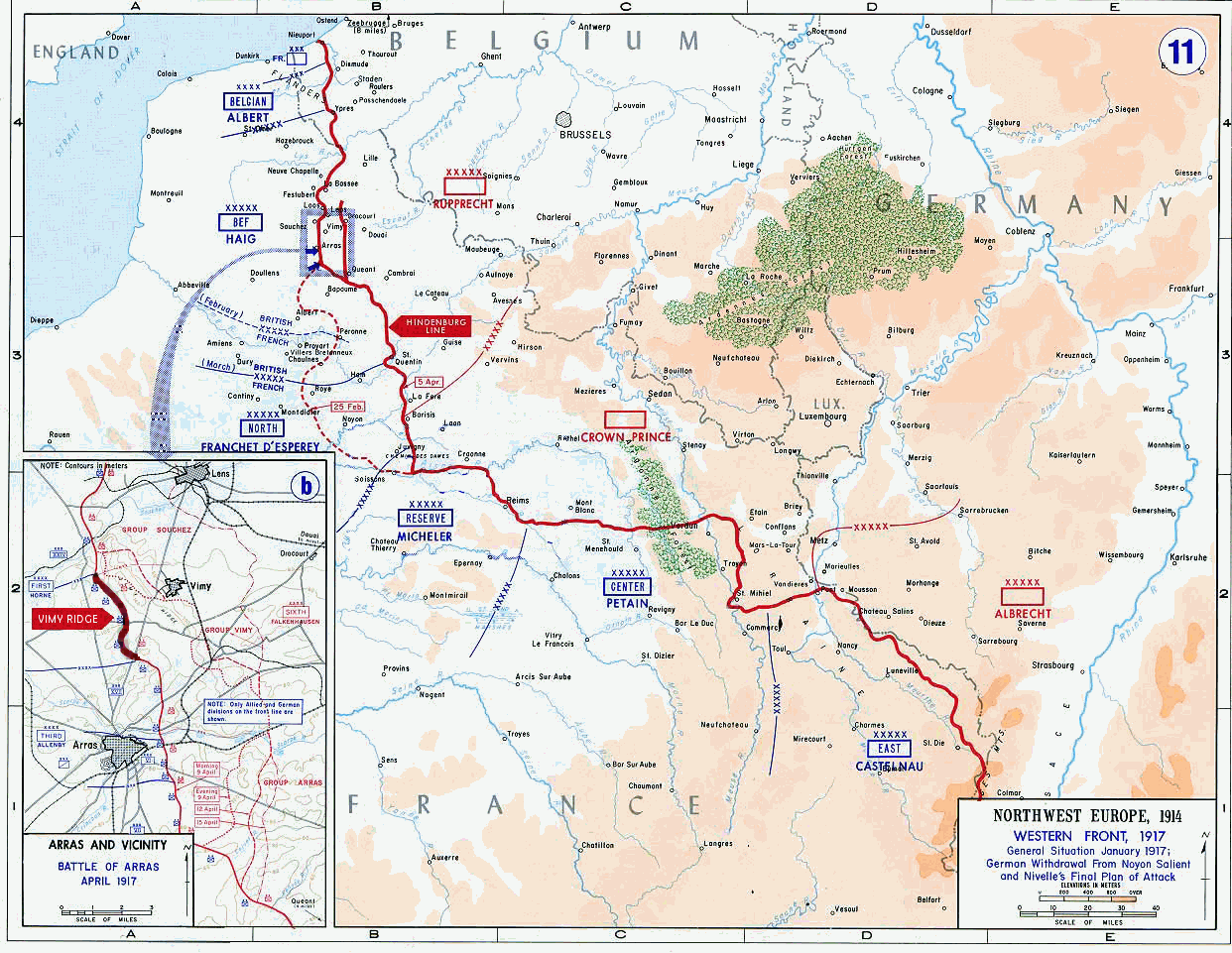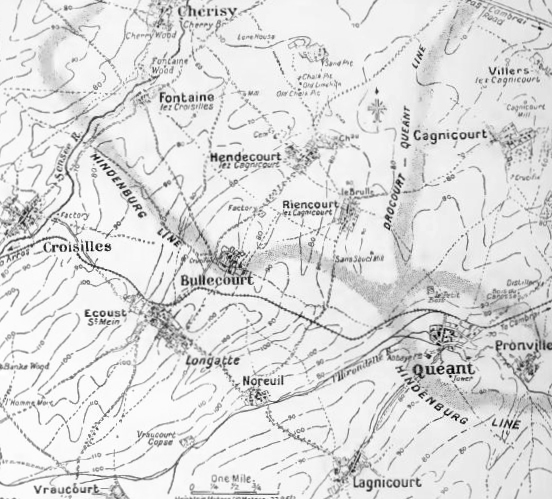|
6th Duke Of Connaught's Royal Canadian Hussars
The 6th Duke of Connaught's Royal Canadian Hussars was a light cavalry regiment of the Non-Permanent Active Militia of the Canadian Militia (now the Canadian Army). First formed in 1855 as an independent cavalry troop, in 1879 it became a full regiment and was the oldest cavalry regiment in Montreal. In 1958, the regiment was amalgamated with the 17th Duke of York's Royal Canadian Hussars to form The Royal Canadian Hussars (Montreal). Lineage 6th Duke of Connaught's Royal Canadian Hussars * Originated on 14 November 1879, in Montreal, as the 6th Provisional Regiment of Cavalry. * Redesignated on 18 September 1885, as the 6th Regiment of Cavalry. * Redesignated on 20 June 1890, as the 6th Regiment of Cavalry “Duke of Connaught's Royal Canadian Hussars”. * Redesignated on 1 January 1893, as the 6th “Duke of Connaught's Royal Canadian Hussars”. * Amalgamated on 1 June 1901, with the 5th Dragoons and redesignated as the 6th Duke of Connaught's Royal Canadian Hussars. * Am ... [...More Info...] [...Related Items...] OR: [Wikipedia] [Google] [Baidu] |
Canada
Canada is a country in North America. Its Provinces and territories of Canada, ten provinces and three territories extend from the Atlantic Ocean to the Pacific Ocean and northward into the Arctic Ocean, making it the world's List of countries and dependencies by area, second-largest country by total area, with the List of countries by length of coastline, world's longest coastline. Its Canada–United States border, border with the United States is the world's longest international land border. The country is characterized by a wide range of both Temperature in Canada, meteorologic and Geography of Canada, geological regions. With Population of Canada, a population of over 41million people, it has widely varying population densities, with the majority residing in List of the largest population centres in Canada, urban areas and large areas of the country being sparsely populated. Canada's capital is Ottawa and List of census metropolitan areas and agglomerations in Canada, ... [...More Info...] [...Related Items...] OR: [Wikipedia] [Google] [Baidu] |
Battle Of Mont Sorrel
The Battle of Mont Sorrel (Battle of Mount Sorrel) was a local operation in World War I by three divisions of the German 4th Army and three divisions of the British Second Army in the Ypres Salient, near Ypres in Belgium, from 2 to 13 June 1916. To divert British resources from the build-up being observed on the Somme, the XIII (Royal Württemberg) Corps and the 117th Infantry Division attacked an arc of high ground defended by the Canadian Corps in Flanders. The German forces captured the heights at Mount Sorrel and Tor Top, before entrenching on the far slope of the ridge. Following a number of attacks and counterattacks, two divisions of the Canadian Corps, supported by the 20th Light Division and Second Army siege and howitzer battery groups, recaptured the majority of their former positions. Background Mount Sorrel Located in the Ypres Salient, east of Ypres, Belgium and from Hill 60, the Battle of Mount Sorrel took place along a ridge between Hooge and Zwart ... [...More Info...] [...Related Items...] OR: [Wikipedia] [Google] [Baidu] |
Battle Of Avre
The Battle of the Avre (4–5 April 1918), part of the First Battle of Villers-Bretonneux, constituted the final German attack towards Amiens in World War I. It was the point at which the Germans got the closest to Amiens. It was fought between attacking German troops and defending Australian and British troops. The attack was an attempt to take Amiens, where other aspects of Operation Michael had failed. The Avre marked the beginning of the end for Ludendorf's German spring offensive. Prelude Preliminary moves (29–30 March) across the southern battlefields by German 2nd Army proved so slow and difficult that offensive operations were suspended between 1–3 April to allow German forces to recover. Battle 4 April The final German attack was eventually launched towards Amiens. It came on 4 April, when fifteen divisions attacked seven Allied divisions on a line east of Amiens and north of Albert (towards the Avre River). Ludendorff decided to attack the outermost eastern ... [...More Info...] [...Related Items...] OR: [Wikipedia] [Google] [Baidu] |
Battle Of Rosières
A battle is an occurrence of combat in warfare between opposing military units of any number or size. A war usually consists of multiple battles. In general, a battle is a military engagement that is well defined in duration, area, and force commitment. An engagement with only limited commitment between the forces and without decisive results is sometimes called a skirmish. The word "battle" can also be used infrequently to refer to an entire operational campaign, although this usage greatly diverges from its conventional or customary meaning. Generally, the word "battle" is used for such campaigns if referring to a protracted combat encounter in which either one or both of the combatants had the same methods, resources, and strategic objectives throughout the encounter. Some prominent examples of this would be the Battle of the Atlantic, Battle of Britain, and the Battle of France, all in World War II. Wars and military campaigns are guided by military strategy, whereas batt ... [...More Info...] [...Related Items...] OR: [Wikipedia] [Google] [Baidu] |
Bapaume 1918 (Battle Honour)
Bapaume 1918 was a battle honour awarded to units of the British and Imperial Armies that took part in one or more of the following engagements in the Great War:T.F. MillFrance and Flanders(archive of Regiments.org page) *First Battle of Bapaume, 24–25 Mar 1918 *Second Battle of Bapaume The Second Battle of Bapaume was a battle of the First World War that took place at Bapaume in France, from 21 August 1918 to 3 September 1918. It was a continuation of the Battle of Albert (1918), Battle of Albert and is also referred to as the ..., 21 Aug–3 Sep 1918 References {{reflist Battle honours of the British Army ... [...More Info...] [...Related Items...] OR: [Wikipedia] [Google] [Baidu] |
Battle Of Passchendaele
The Third Battle of Ypres (; ; ), also known as the Battle of Passchendaele ( ), was a campaign of the First World War, fought by the Allies of World War I, Allies against the German Empire. The battle took place on the Western Front (World War I), Western Front, from July to November 1917, for control of the ridges south and east of the Belgian city of Ypres in West Flanders, as part of a strategy decided by the Entente at conferences in November 1916 and May 1917. Passendale, Passchendaele lies on the last ridge east of Ypres, from Roulers (now Roeselare), a junction of the Bruges-(Brugge)-to-Kortrijk railway. The station at Roulers was on the main supply route of the German 4th Army (German Empire), 4th Army. Once Passchendaele Ridge had been captured, the Allied advance was to continue to a line from Thourout (now Torhout) to Couckelaere (Koekelare). Further operations and a British supporting attack along the Belgian coast from Nieuport (Nieuwpoort, Belgium, Nieuwpoort), ... [...More Info...] [...Related Items...] OR: [Wikipedia] [Google] [Baidu] |
Ypres, 1917
The Third Battle of Ypres (; ; ), also known as the Battle of Passchendaele ( ), was a campaign of the First World War, fought by the Allies against the German Empire. The battle took place on the Western Front, from July to November 1917, for control of the ridges south and east of the Belgian city of Ypres in West Flanders, as part of a strategy decided by the Entente at conferences in November 1916 and May 1917. Passchendaele lies on the last ridge east of Ypres, from Roulers (now Roeselare), a junction of the Bruges-(Brugge)-to-Kortrijk railway. The station at Roulers was on the main supply route of the German 4th Army. Once Passchendaele Ridge had been captured, the Allied advance was to continue to a line from Thourout (now Torhout) to Couckelaere (Koekelare). Further operations and a British supporting attack along the Belgian coast from Nieuport ( Nieuwpoort), combined with an amphibious landing ( Operation Hush), were to have reached Bruges and then the Dutch fron ... [...More Info...] [...Related Items...] OR: [Wikipedia] [Google] [Baidu] |
Battle Of Hill 70
The Battle of Hill 70 took place in the First World War between the Canadian Corps and attached units against five divisions of the German 6th Army. The battle took place along the Western Front on the outskirts of Lens in the Nord-Pas-de-Calais region of France between 15 and 25 August 1917. The plan was to inflict casualties, to draw German troops away from the 3rd Battle of Ypres and to make the German hold on Lens untenable. The Canadian Corps captured Hill 70 and to establish defensive positions from which combined small-arms and artillery fire, some of which used the new technique of predicted fire, would inflict mass casualties on German counter-attacks. The Germans were prevented from transferring divisions to the Ypres Salient but did not bring in troops from other areas. The Canadian Corps failed to enter Lens but German and Canadian assessments concluded that it succeeded in its attrition objective. The battle was costly for both sides and many casualties were s ... [...More Info...] [...Related Items...] OR: [Wikipedia] [Google] [Baidu] |
Battle Of Vimy Ridge
The Battle of Vimy Ridge was part of the Battle of Arras, in the Pas-de-Calais department of France, during the First World War. The main combatants were the four divisions of the Canadian Corps in the First Army, against three divisions of the German 6th Army. The battle occurred from 9 to 12 April 1917, marking the commencement of the Battle of Arras and serving as the inaugural assault of the Nivelle Offensive. The objective was to draw German reserves away from the French forces, preparing for a crucial offensive along the Aisne and the Chemin des Dames ridge several days later. The Canadian Corps was to capture the German-held high ground of Vimy Ridge, an escarpment on the northern flank of the Arras front. This would protect the First Army and the Third Army farther south from German enfilade fire. Supported by a creeping barrage, the Canadian Corps captured most of the ridge during the first day. The village of Thélus fell during the second day, as did the cre ... [...More Info...] [...Related Items...] OR: [Wikipedia] [Google] [Baidu] |
Arras 1918 (Battle Honour)
Arras 1918 was a battle honour awarded to units of the British and Imperial Armies that took part in one or more of the following engagements in World War I World War I or the First World War (28 July 1914 – 11 November 1918), also known as the Great War, was a World war, global conflict between two coalitions: the Allies of World War I, Allies (or Entente) and the Central Powers. Fighting to ...: * First Battle of Arras (28 March 1918) * Second Battle of Arras (26 August – 3 September 1918) References {{Reflist, refs= T.F. MillFrance and Flanders(archive of Regiments.org page) Battle honours of the British Army Battle honours of the King's Royal Rifle Corps ... [...More Info...] [...Related Items...] OR: [Wikipedia] [Google] [Baidu] |
Battle Of Arras (1917)
The Battle of Arras, also known as the Second Battle of Arras, was a British offensive on the Western Front (World War I), Western Front during the First World War. From 9 April to 16 May 1917, British troops attacked German defences near the French city of Arras on the Western Front. The British achieved the longest advance since trench warfare had begun, surpassing the record set by the French Sixth Army (France), Sixth Army on 1 July 1916. The British advance slowed in the next few days and the German defence recovered. The battle became a costly stalemate for both sides and by the end of the battle, the British Third Army (United Kingdom), Third Army and the First Army (United Kingdom), First Army had suffered about 160,000 casualties and the German 6th Army (German Empire), 6th Army about 125,000. For much of the war, the opposing armies on the Western Front were at a stalemate, with a continuous line of Trench warfare, trenches from the Belgian coast to the France-Switzerla ... [...More Info...] [...Related Items...] OR: [Wikipedia] [Google] [Baidu] |
Battle Of Thiepval Ridge
The Battle of Thiepval Ridge was the first big offensive of the Reserve Army (Lieutenant General Hubert Gough), during the Battle of the Somme on the Western Front during the First World War. The attack was intended to benefit from the Fourth Army attack in the Battle of Morval by starting afterwards. The battle was fought on a front from Courcelette in the east, near the Albert–Bapaume road, to Thiepval and the Schwaben Redoubt () in the west, which overlooked the German defences further north in the Ancre valley, the rising ground towards Beaumont-Hamel and Serre beyond. Thiepval Ridge was elaborately fortified and the German defenders fought with great determination, while the British co-ordination of infantry and artillery declined ... [...More Info...] [...Related Items...] OR: [Wikipedia] [Google] [Baidu] |







